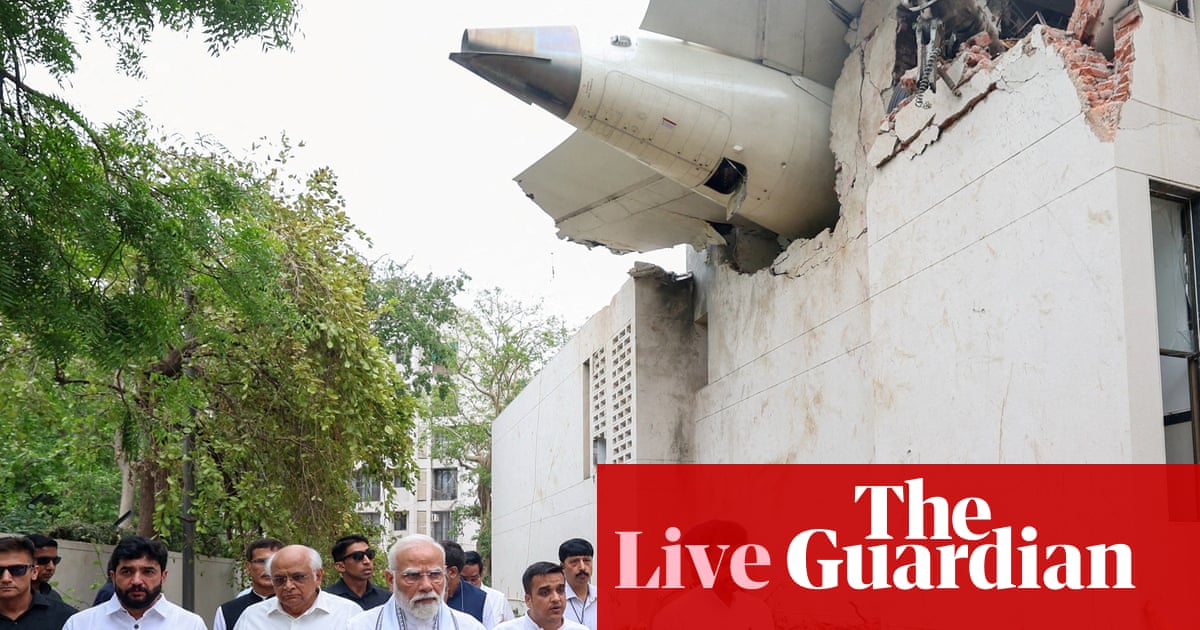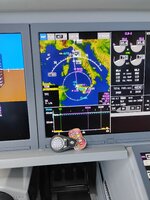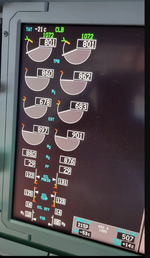As Tomfh asked in posts 333 & 336, is there an indicator of the fuel cutoff position other than visual check of the switch position? A pilot's only feedback would be the loss of power and they would quickly scan the controls? Or is there a fuel flow indicator or similar to identify fuel is being delivered to the engines?
Is there a time dwell for an engine relight? The reason I ask - if there is another indicator of fuel cutoff, then is it possible for this scenario:
1. Unidentified cause of fuel cutoff occurs.
2. Copilot observes fuel cutoff by alternate indicator and ask the pilot 'why did you cut fuel?' while concentrating on the details of liftoff.
3. Pilot responds 'I did not'.
4. They both scramble to recover the situation since the engines are spooling down and proceceed to attempt engine relight.
5. From previous posts, I think it has been explained relighting entails turning off the fuel and turning back on. So that is done to both engines within one (1) second of each other.
6. Is there a require dwell for turning on fuel again to properly let the engine controls know a relight is commanded? This would be the approximate ten (10) second delay noted in the flight data for engines to respond. The fuel cutoff would have been returned to the RUN position and that is where they were observed in the crash investigation.
How can the contridication of the denial of the Pilot to the Copilot be resolved to the FDR data and the final switch position?
Edited: In my attempt to resolve the Pilot's denial, I forgot the FDR data indicates the fuel cutoff occurred before the Copilot asked his question. So this seems like a deliberate act to crash the plane.
I don't believe there is a specific indicator because from engine start to engine off once you've landed, they should always be in the run position. It would have become clear very quickly that the engines speed was reducing - the N1 guage - , plus no doubt a whole set of alarms going off, including "Pull Up" and "don't sink". Given the other pilots hand would have been close to the switches a quick scan there would show that when there was no other reason why they were suddenly with no thrust, sinking and engines slowing down, deliberate or accidental fuel cut off switch movement was something that needed to be checked. Fuel cut off other than some really random failure would be most likely the fuel cut off switches or the fire extinguisher / engine fire switches which are guarded a bit more than the fuel cut off ones.
I don't quite know what you mean by time dwell, but apparently if the plane is in the air and you turn the fuel switches back to "run" the FADEC automatically tries to relight the engines. The basic problem being that the engines had spun down so far that they wouldn't spool back up again in time and without APU power there wasn't enough in the batteries to add motor spin to spool them up faster.
Despite the pilots union in India warning against leaping to judgement, it is very difficult with what has been released and leaked to think this is anything other than a deliberate act.
As I said before, the timing was crucial. Too early in the take off and the pilot flying might have been tempted to take the least worst option and brake with everything he had and take an end of runway collision. Too late by even five seconds and recovery might have been possible within literally only a few more hundred feet of altitude available. It certainly sounds like no 1 engine had re lit and was spooling up - "racing" as the survivor said - but they just ran out of altitude.
As for why the other pilot said "It wasn't me", well he knows enough that he was being recorded and that that recording would probably survive so there would plausible deniability for his family. Possibly. After all, without video, who can say with 100% accuracy who moved the switches?

 www.theguardian.com
www.theguardian.com



